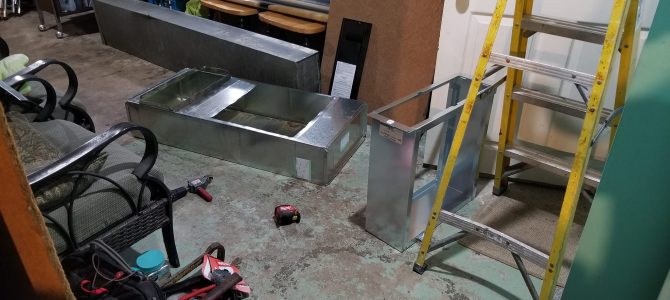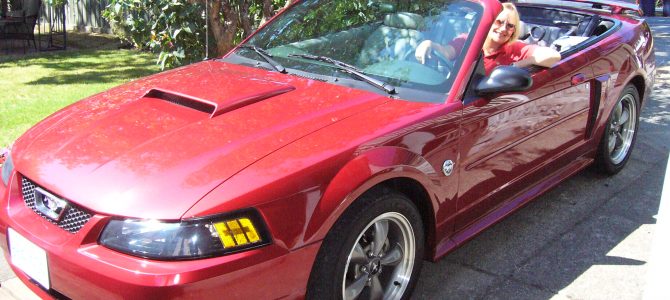At this very moment, I am trapped in my living room. There are sheets of plastic covering door ways and on top of our furniture. Drills and saws are squealing everywhere, and muffled shouts are flying from one guy to another.
They are carpenters, electricians, installers, inspectors and duct cleaners. All in my house at varying times. All wearing masks, of course.
I can’t work in my basement studio or office because of the equipment, cables, tools, bits of garbage, and large sheets of metal strewn everywhere.
The dust is flying as carpenters drill and saw through the old lathe and plaster to install a new duct behind the walls.
And then there is the noise. I have to wear my noise cancelling headphones to muffle the sound of the old ducts being cleaned. Apparently they should have been cleaned more often. The occasional swearing I’ve heard from the guy cleaning them confirms that.
It’s an invasion in every sense, but it’s all for a good cause.
We are finally getting a heat pump installed.
Over the years, we’ve had all kinds of renovations, installations and repairs done on this old house. It was built in 1938, and didn’t even have insulation when we first moved in 32 years ago.
It had an oil furnace which is a lovely kind of heat, but over our first winter here we nearly froze to death. The heat just seeped out of the walls and windows and the cold blew back in. During one particularly cold stretch, I remember sitting on the floor of the living room in front of the lit fireplace, holding my infant daughter tightly because we were chilled to the bone.
Eventually we replaced the old cardboard that was tacked under the roof in the attic with real insulation, and had more insulation blown into the exterior walls. Later, we installed new double-paned windows.
It all made a big difference.
But last June when B.C. was overwhelmed with that blasted heat dome, we had to sleep in the basement of our house to stay cool enough. Our electric fans were useless, and air conditioning units were out of stock everywhere.
And that’s when we heard about this magical new thing called a heat pump.
Now don’t ask me to explain all of the technology behind it. But, essentially, it works as both a heater and an air cooler, depending on the time of year, with much more efficiency built in.
Wikipedia says: “A heat pump is a device used to warm the interior of a building or heat domestic hot water by transferring thermal energy from a cooler space to a warmer space using the refrigeration cycle, being the opposite direction in which heat transfer would take place without the application of external power.”
Did you get that?
All I care about is that it is more energy efficient, better for the environment, and over time, it will save us money.
The best news is that there are grants for heat pumps available from the federal and provincial governments, and you can even apply for them from some municipalities. It is quite the process to get these grants, including house inspections before and after the installation and all kinds of paperwork, but I don’t mind the effort to help mitigate the cost.
Ssshhh. It just got eerily quiet in the house. Have the workers gone for coffee? Lunch? I’m taking a chance and sneaking a peek down in the basement.
Oh dear. It’s a disaster area. I should have just stayed away.
There have been a number of interesting items found under shelves and inside the old ducts over the last couple of days. A golf ball, two dice, an old key, an eraser, some ancient door hooks, an ice cube tray, plus a lot of dirt and dust. And a partridge in a pear tree.
Wait. An ice cube tray?? Well, at least they didn’t find any dead mice.
The best Christmas present this year will be a cozy, heat-pumped house.
And they’re back. With the squeal of a drill and the pounding of a hammer, I can hear the workers have returned. There seems to be an argument erupting between two of the guys about something. Here comes the swearing.
Now where did I put those darned headphones?



![Reblog this post [with Zemanta]](https://img.zemanta.com/reblog_e.png?x-id=462de14c-aba1-48c5-a815-30ec068b37d6)